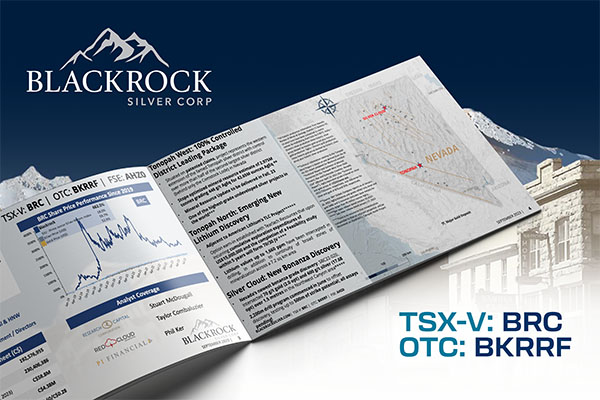Many American households found themselves in even greater debt as 2022 drew to a close according to the most recent report from the Federal Reserve Bank of New York.
According to the NY Fed’s Quarterly Report on Household Debt and Credit released on Thursday, March 9th, the country’s total household debt in the fourth quarter of last year was pegged at a record $16.9 trillion – a marked increase of around $394 million (4%) from where it was in the third quarter.
The bulk of the said amount is made up of home mortgages, but record credit card balances also contributed. A marked rise in credit card delinquency was also noted during the same period.
Credit card balances, in particular, were up by 6.6%, closing the year at $986 billion. This is the highest quarterly growth in credit balances since 1999 as these have grown by 15.2% year on year.
How Inflation and Interest Rate Hikes are Driving Household Debt
Based on the NY Fed report, soaring inflation paired with nearly constant interest rate hikes are keeping many Americans from paying off their obligations. Indeed, the past year ended with around 18.3 million credit card users behind on their payments – a significantly higher figure than the 15.8 million recorded at the end of 2019.
The number of current debts sliding into delinquency territory rose among virtually all debt types. Credit card debt showed a delinquency transparency rate of around 0.6 percentage points, while auto loan debts showed a rate of around 0.4 percentage points. Many of those who are struggling to pay off such delinquencies are younger borrowers between the ages of 20 and 40.
A Cause for Concern
At present, total delinquency levels are still below the 4.7% recorded at the end of 2019. However, with 2.5% of all outstanding debt from the fourth quarter falling under different stages of delinquency, experts note that delinquency rates remain on the rise despite improvements in the economy.
According to Wilbert van der Klaauw, an economic research adviser for the NY Fed, the high cost of living – particularly the prices of consumer goods – and constantly rising interest rates have combined to become a perfect storm that prevents many borrowers from paying off their debts.
Indeed, while balance-weighted delinquencies have gone lower than pre-pandemic levels, many people suffer from financial distress on a personal level. This, in turn, will have a long-term impact on individual credit scores.















